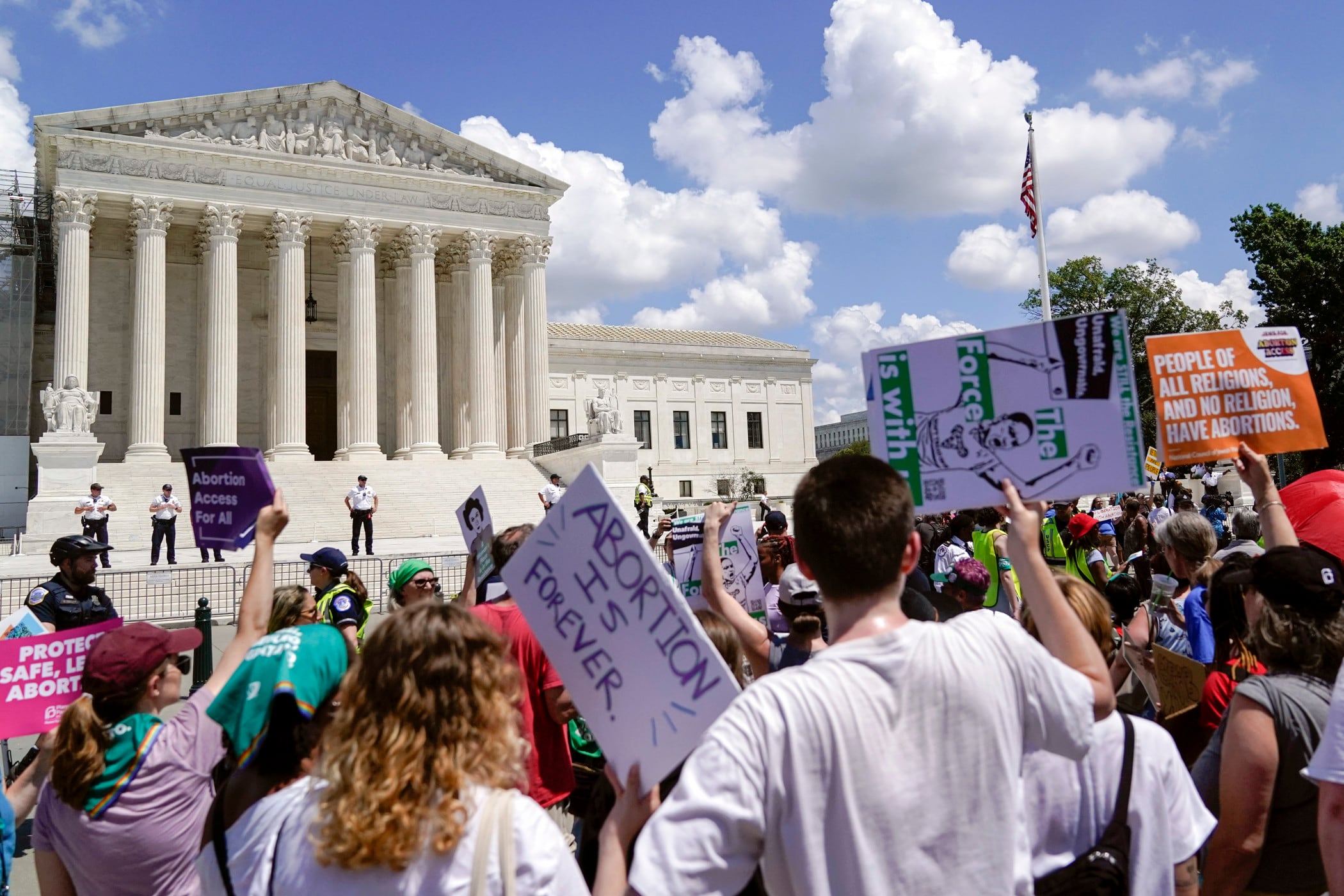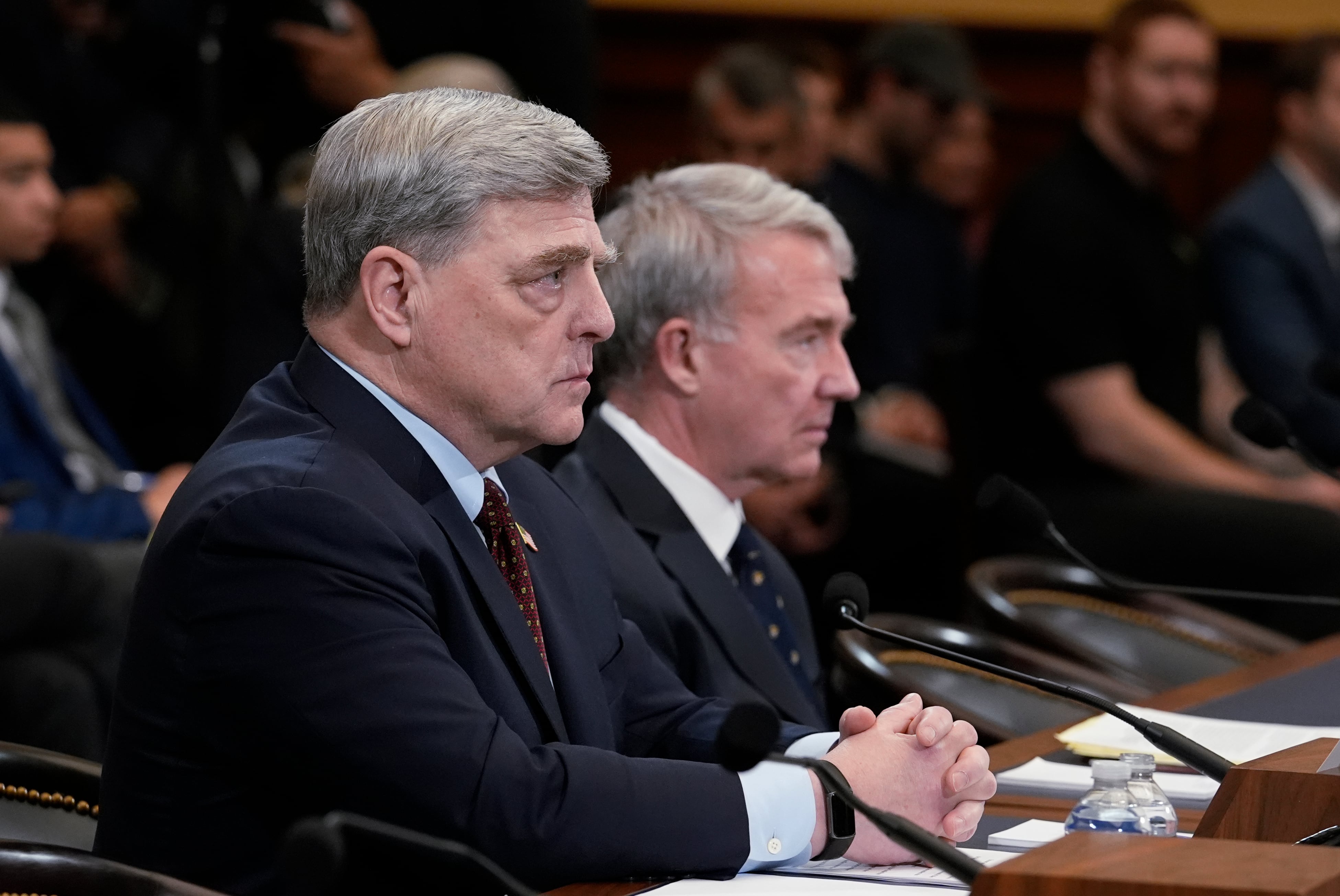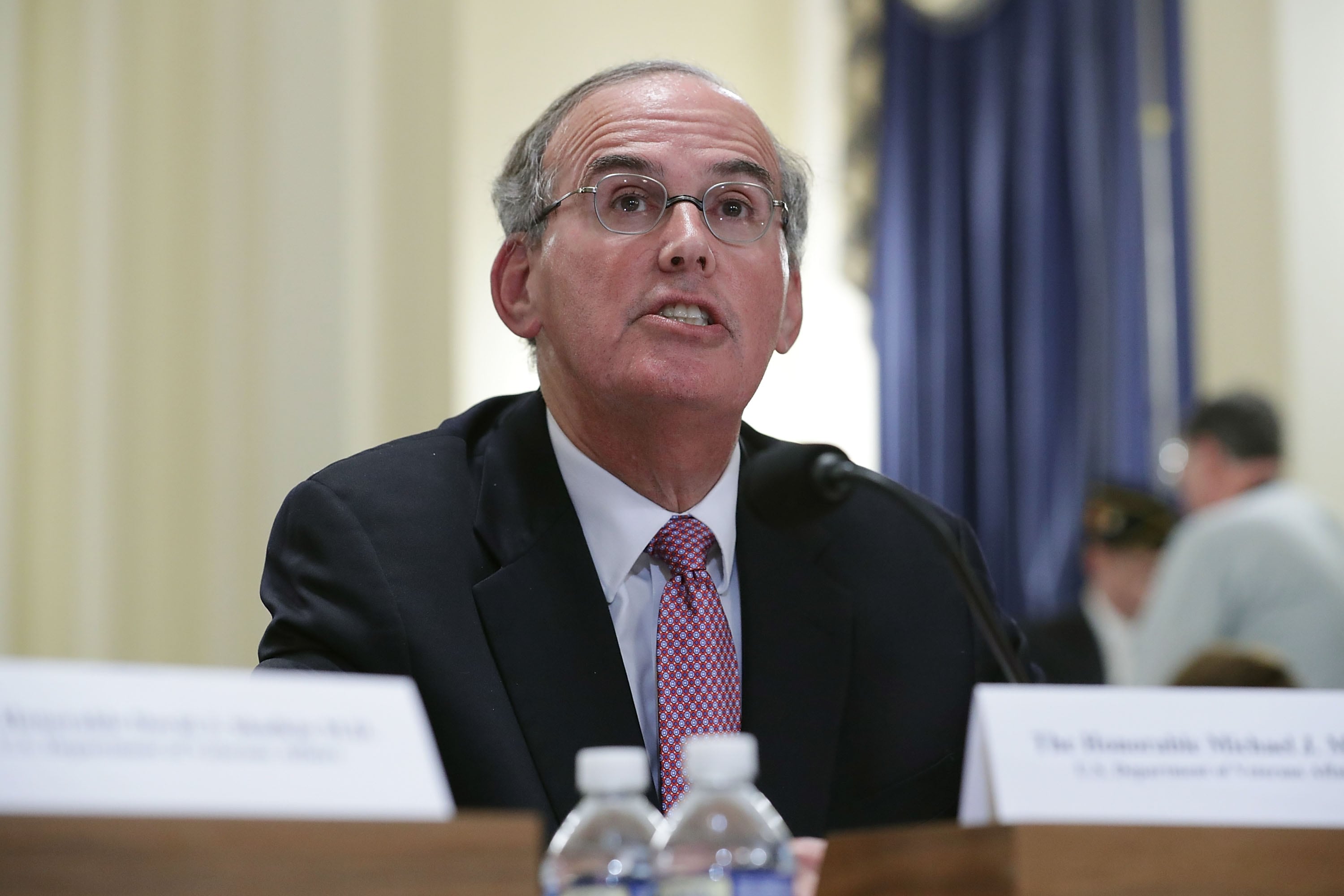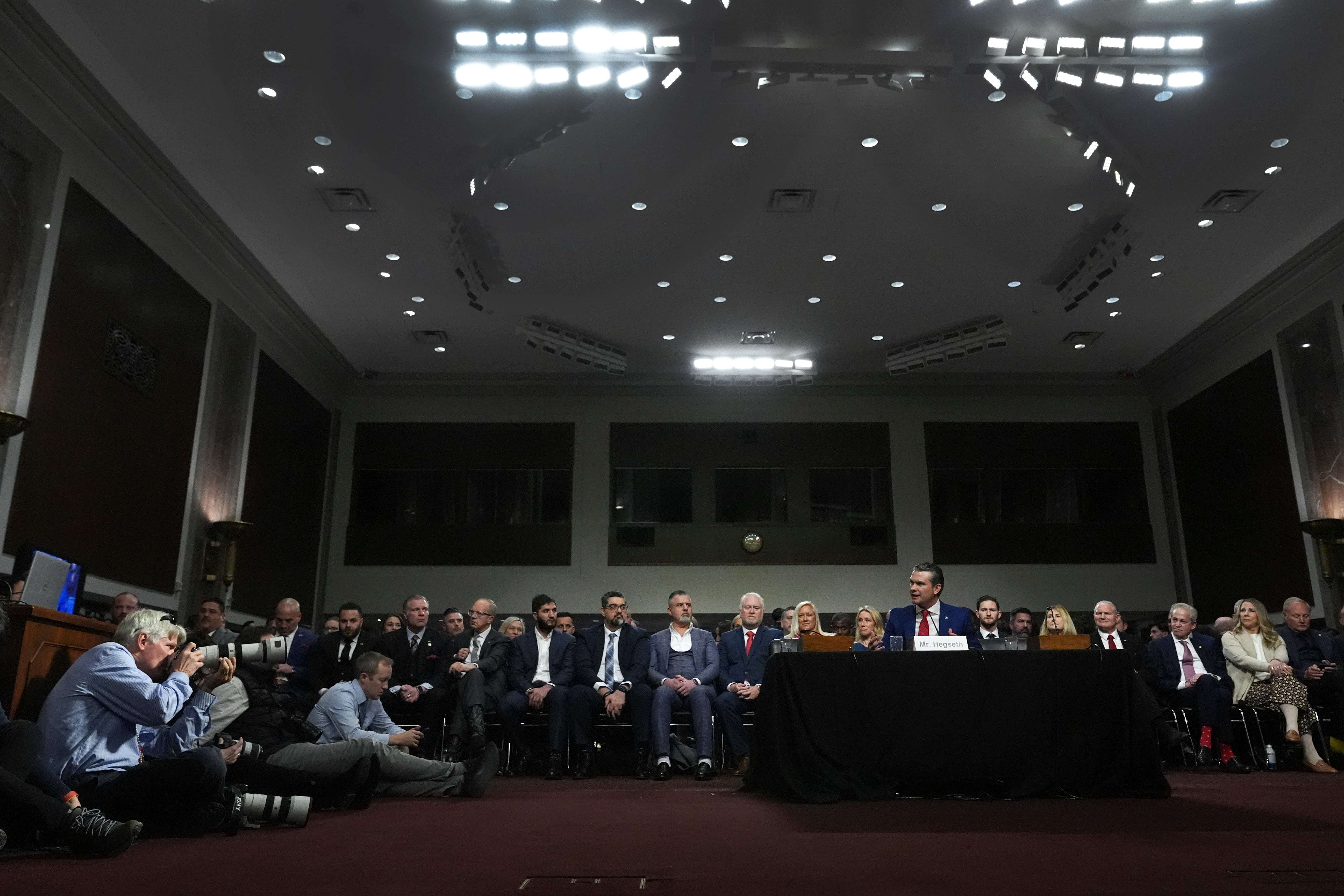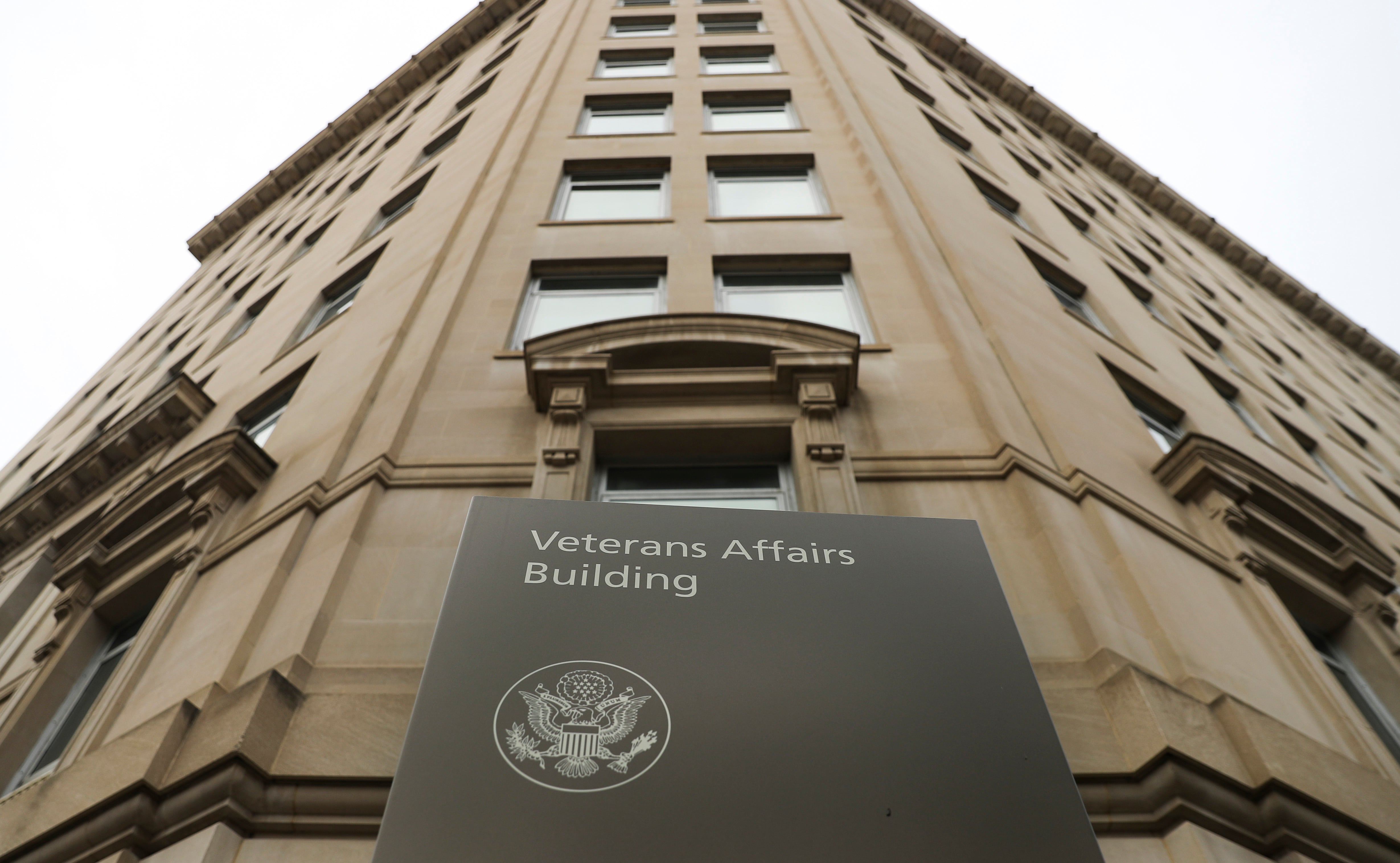Weeks after announcing in September that the Army had missed its recruiting goal for the first time in a decade, the service unveiled a new initiative to shore up recruiting numbers with a revitalization of its big-city recruiting strategy.
For decades, the head of Training and Doctrine Command said in October, the Army had been focusing on smaller cities and towns in the South, Southeast and Midwest, in what he called an “industrial era, brute force” campaign. Now, the service has shifted focus to major cities like Los Angeles, Chicago, Boston and Miami.
Cities that, as the New York Times has pointed out, tend not to send their children into military service, and also vote overwhelmingly Democratic.
“No, that’s not the way I see it,” Gen. Stephen Townsend told Army Times on Monday. “I read with interest and humor the same stories. In fact, some of these cities, you can’t characterize them that way."
Rather than ideology, he added, the Army is looking for major population centers as a matter of efficiency. Also on the target list are Phoenix, Dallas and Seattle, some of America’s fastest growing cities, according to the U.S. Census Bureau.
“These cities have the majority of that population, 18 to 24 [year-olds],” Townsend said, the Army’s target recruiting market.
And though Northeast and West Coast cities are on the list of 22, many of the cities are surrounded by traditionally more fertile ground, like Houston and Orlando. There are also solidly conservative areas like Shreveport, Louisiana, and Oklahoma City.
“I’ll give you an example: Georgia is a recruiting powerhouse. You would have probably guessed that,” Townsend said. “Except Atlanta is not. We don’t do so well in Atlanta even though we do great in Georgia.”
In the past, recruiting could rely on areas with a high number of veterans, lower college attendance and limited economic opportunities to make numbers, factors that could all make service attractive to a high school graduate.
In major urban areas, the strategy will have to be different. With that in mind, the Army is reinstating market research for recruiting stations, so NCOs who are dropped into a possibly unfamiliar location will have some data points to refer to.
“We were sending recruiters out into the field with no intelligence,” Townsend said.
RELATED
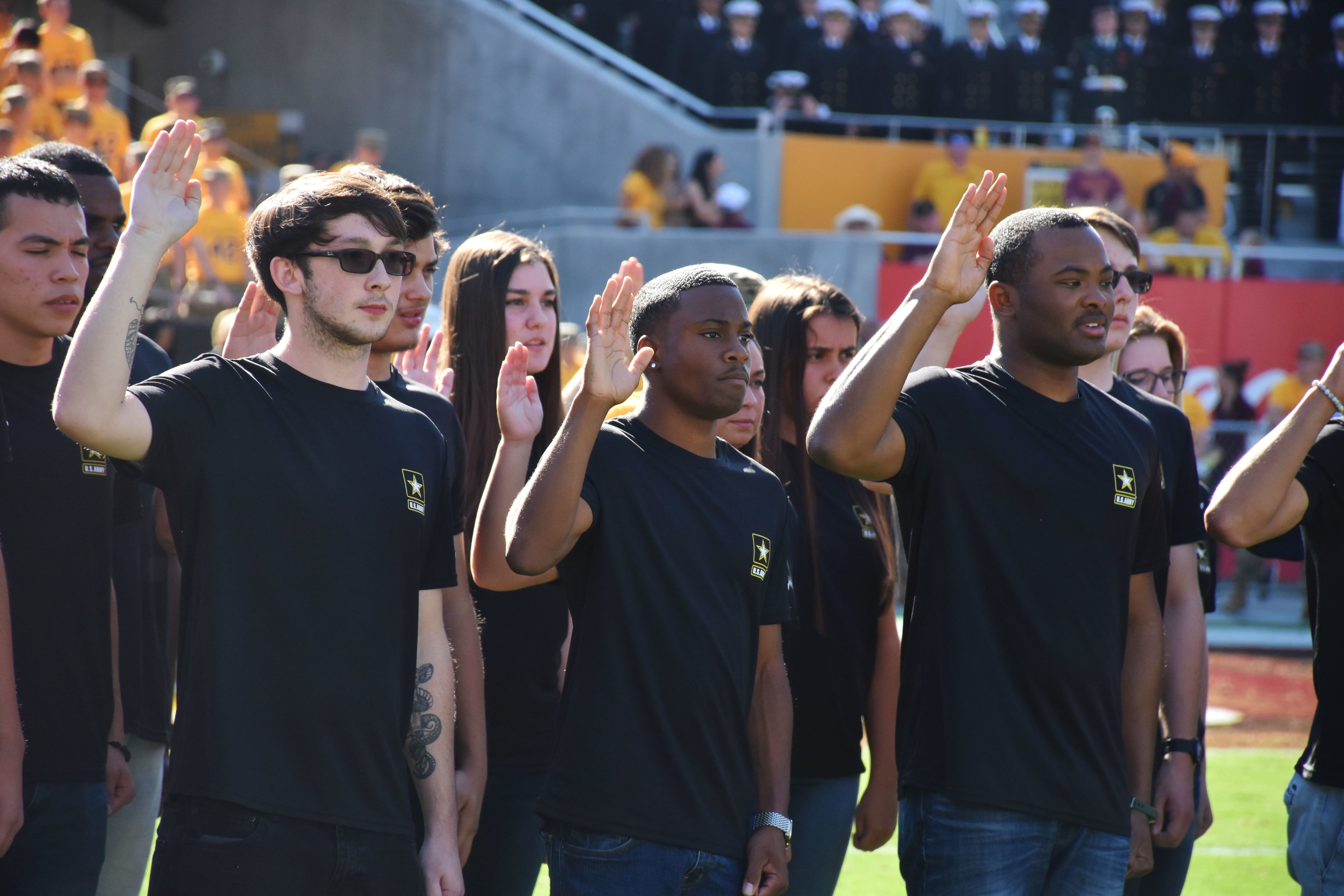
The new approach will be more akin to the way a political campaign runs, in that candidates running for election use research and polling to figure out the political leanings and pet issues of their target audience.
“If you are a politician, before you go into any neighborhood, you will know who’s for your party, who’s for the other party,” down to the street, Townsend said, as well as the themes and messages that speak to the residents.
“As I mentioned before, our recruiters didn’t know,” he added. “No one’s given them that information. They don’t have the materials they need to succeed.”
There will also be targeted ads by area, he said. Chicago is part of a pilot that is placing billboards around town with different subjects and themes, based on the neighborhood.
There are early indications that the Army is getting results. Los Angeles and Chicago, Townsend said, exceeded their first quarter recruiting goals.
Meghann Myers is the Pentagon bureau chief at Military Times. She covers operations, policy, personnel, leadership and other issues affecting service members.


